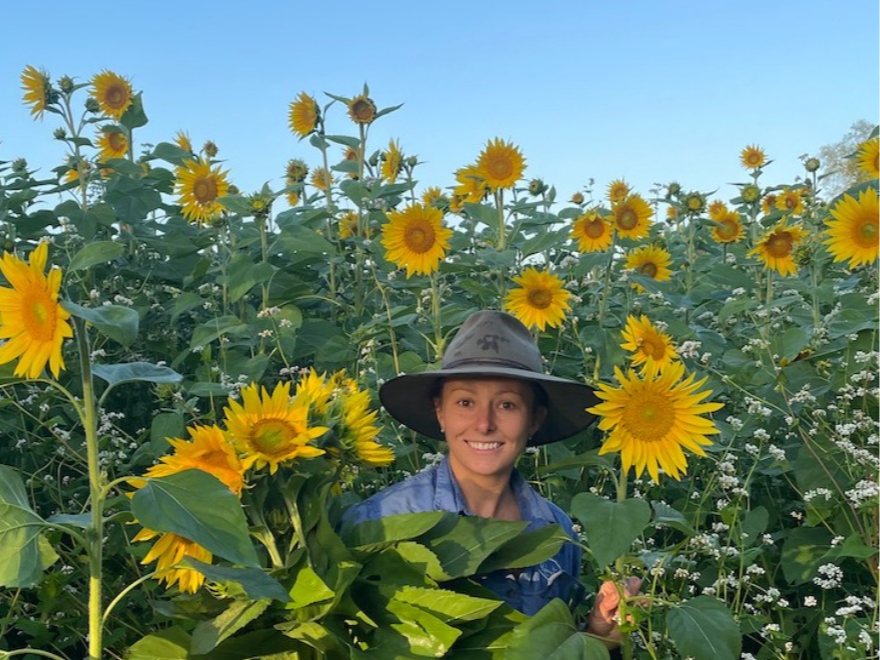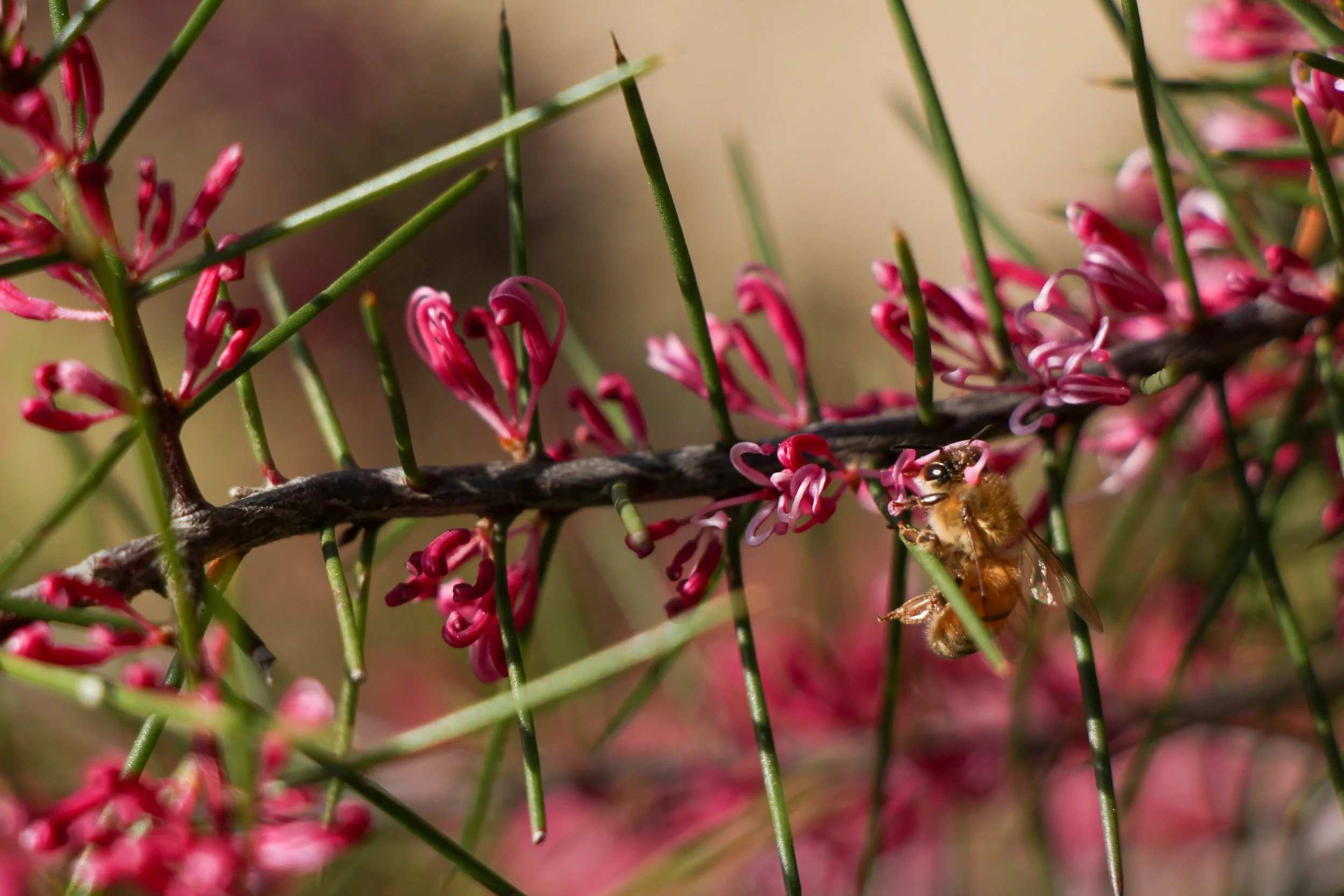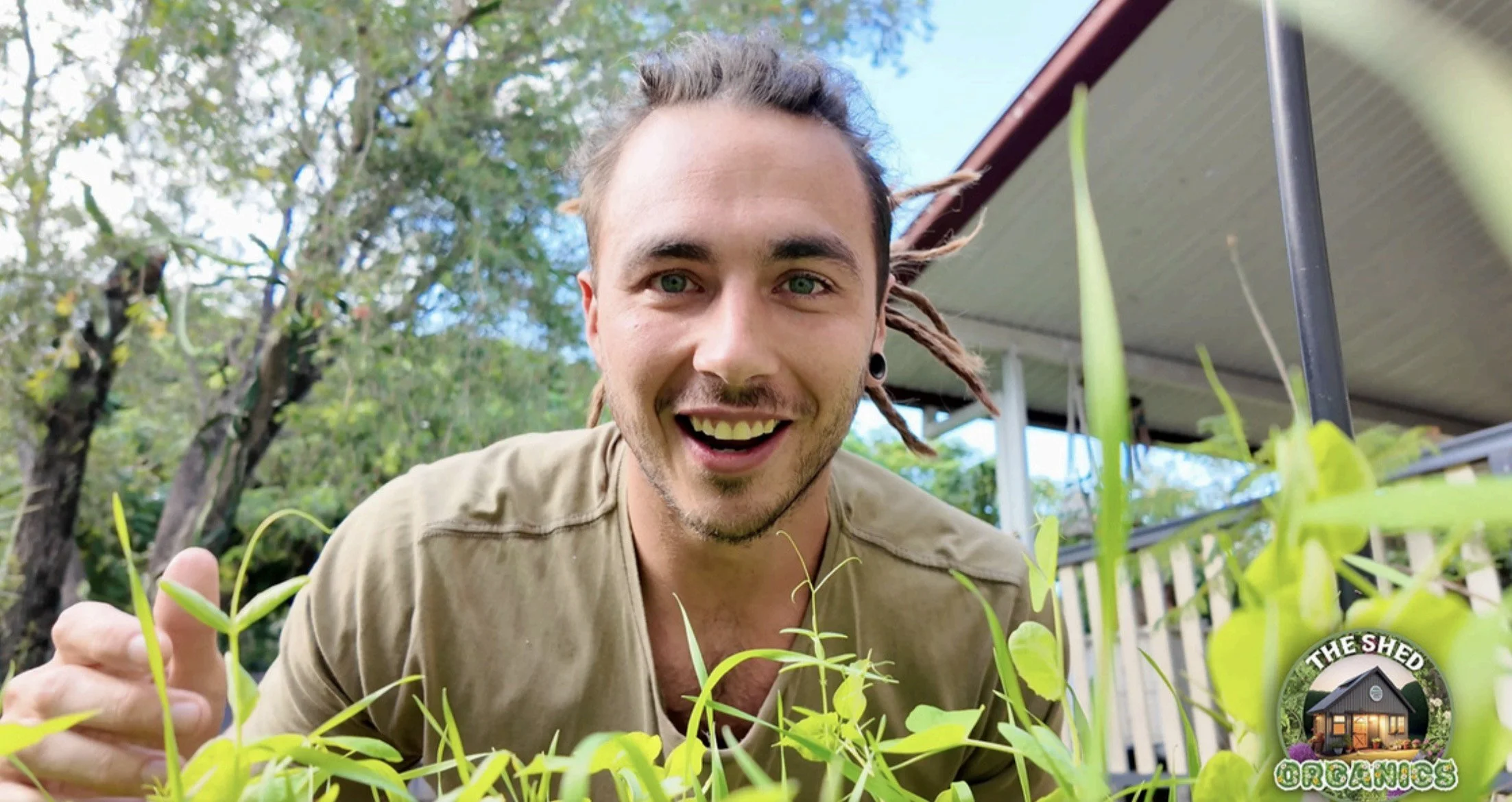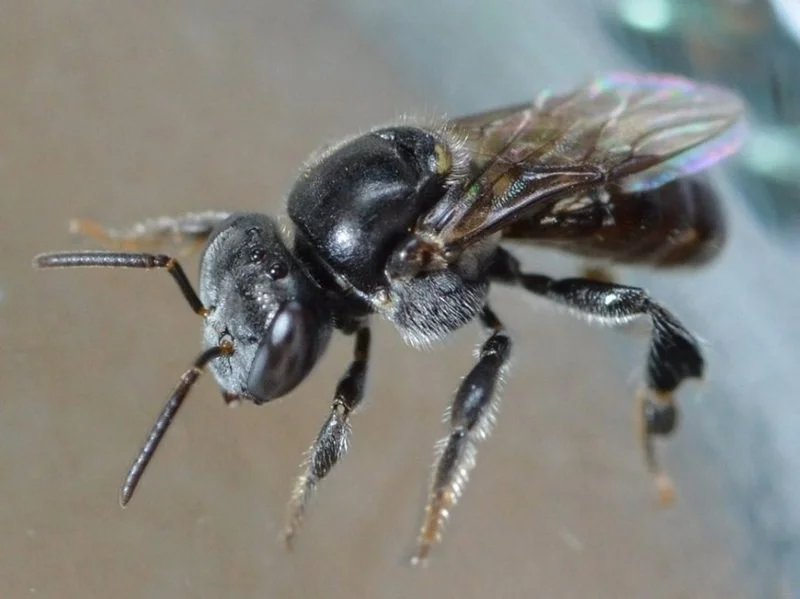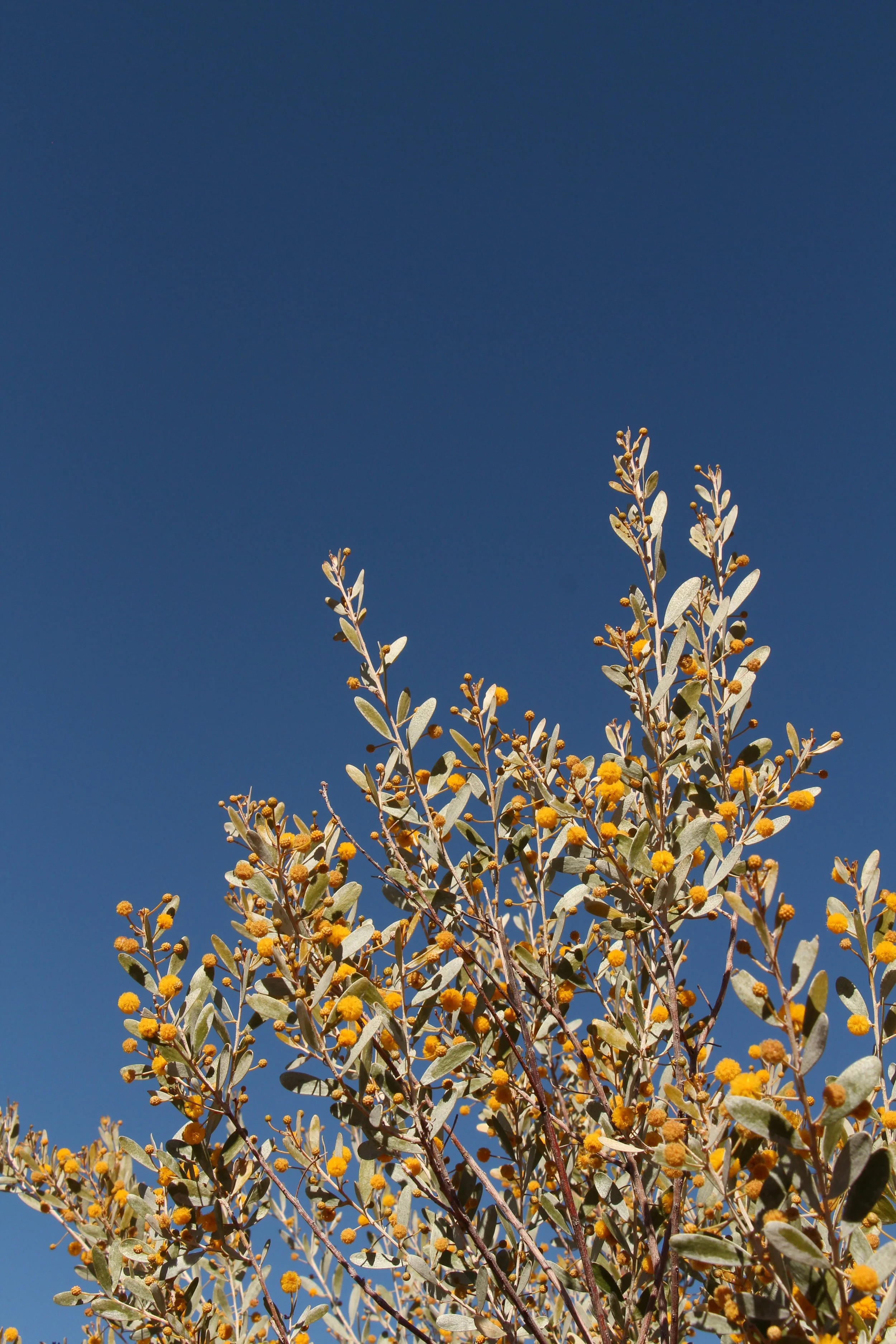Grevillea acanthifolia: Beauty and Danger in the Native Garden
We have Found success growing Grevillea acanthifolia, an endangered Blue Mountains native, despite its reputation for thriving only in boggy conditions. Surprisingly, it’s done well in drier soils. Its sharp-tipped leaves may be dangerous but the vibrant pink and purple blooms are well worth it. This plant brings a rugged beauty to the garden, showcasing the tough yet gorgeous nature of Australia's flora.
The Revival of Our Tall Bearded Irises ‘voltigeur’
I couldn’t resist sharing the beauty of our Tall Bearded Irises ‘voltigeur’, which are in full bloom right now. While they’re not native to Australia, they have become a star of our back garden, a space dedicated to both food and flowers—our own little picking and foraging haven.
When we first moved in, the garden was a wild mess of weeds and invasive trees. In the process of cleaning it out, I stumbled upon a small, neglected patch of Tall Bearded Irises. They were struggling, pale and withered, perforated by snails and slugs, starved of sunlight for what looked like a decade or more. Despite their poor condition, these hardy plants had managed to hang on.
The Big Phosphorus Issue - Australian Native Plants
Using Australian native plants in the home garden is one of the true joys of gardening in our sun-baked country. However, many gardeners are often discouraged from using native plants because they have a reputation for being fussy and think they need to be kept separate from exotic plants in their garden. While this is true for some native species, many can be treated as regular garden plants. The reason they have acquired this reputation is that some native plants are sensitive to phosphorus. Understanding this distinction can make using natives in your garden easy and rewarding.

